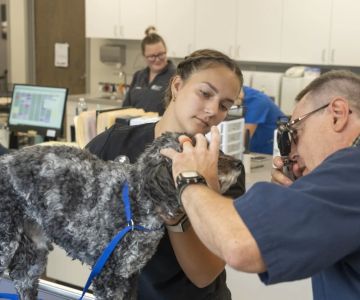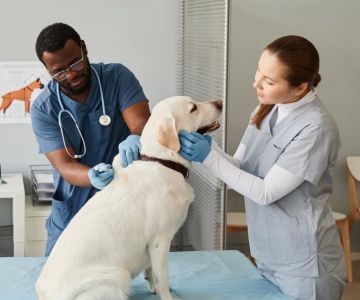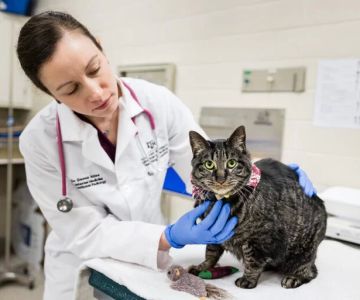- Early-education-and-high-school-preparation
- Undergraduate-degree-requirements
- Applying-to-veterinary-school
- Veterinary-school-curriculum-overview
- Clinical-training-and-internships
- Licensing-and-continuing-education
- Real-life-stories-from-veterinary-students
- Taking-the-next-step-towards-your-veterinary-career
1. Early Education and High School Preparation
The journey to becoming a veterinarian begins with a strong foundation in high school. Students interested in veterinary medicine should focus on science courses such as biology, chemistry, physics, and math. Participating in animal-related extracurriculars or volunteering at animal shelters helps build relevant experience and passion for the field. Early exposure to animal care provides a practical perspective and strengthens veterinary school applications.
2. Undergraduate Degree Requirements
Most veterinary schools require applicants to hold a bachelor's degree with prerequisite coursework in biology, chemistry, physics, and sometimes animal science or biochemistry. Common undergraduate majors include biology, animal science, or zoology. Maintaining a high GPA and gaining experience through internships, research, or work in veterinary clinics boosts your competitiveness. Strong academic performance and hands-on experience are essential to meet veterinary school admissions criteria.
3. Applying to Veterinary School
Applying to veterinary school is a rigorous process. Candidates must submit transcripts, letters of recommendation, and scores from entrance exams such as the GRE or the Veterinary College Admission Test (VCAT). Personal statements and interviews allow applicants to demonstrate their commitment and communication skills. Careful preparation and guidance during this phase increase the likelihood of acceptance into reputable programs.
4. Veterinary School Curriculum Overview
Veterinary school typically spans four years and includes classroom learning, laboratory work, and clinical practice. The curriculum covers anatomy, physiology, pathology, pharmacology, surgery, and animal behavior. Students develop diagnostic and treatment skills under supervision. The comprehensive program prepares future veterinarians to handle diverse medical cases and animal species responsibly.
5. Clinical Training and Internships
Hands-on clinical training is a vital part of veterinary education. Internships and externships provide real-world experience in animal hospitals, farms, or wildlife centers. Students learn to manage patient care, perform surgeries, and communicate with pet owners. These opportunities build confidence and practical expertise essential for professional success.
6. Licensing and Continuing Education
After graduating from veterinary school, candidates must pass the North American Veterinary Licensing Examination (NAVLE) to practice legally. Many also pursue state-specific licenses or certifications. Continuing education is important to stay updated with advances in veterinary medicine, often required to maintain licensure and enhance specialty skills.
7. Real-Life Stories from Veterinary Students
Veterinary students often share inspiring stories about their education journey. For example, Emma described how volunteering at an animal shelter helped confirm her passion, while Jake highlighted the challenge and reward of his first surgical rotation. These personal experiences illustrate the dedication needed and the fulfillment gained from pursuing veterinary medicine.
8. Taking the Next Step Towards Your Veterinary Career
Understanding what schooling is needed to become a veterinarian empowers aspiring vets to plan effectively. Whether just starting high school or preparing for veterinary school applications, mapping out your educational path is key. For additional resources, advice, and products to support your veterinary studies or practice, explore Hidden Brook Veterinary. Take the first step today toward a meaningful and impactful veterinary career.











